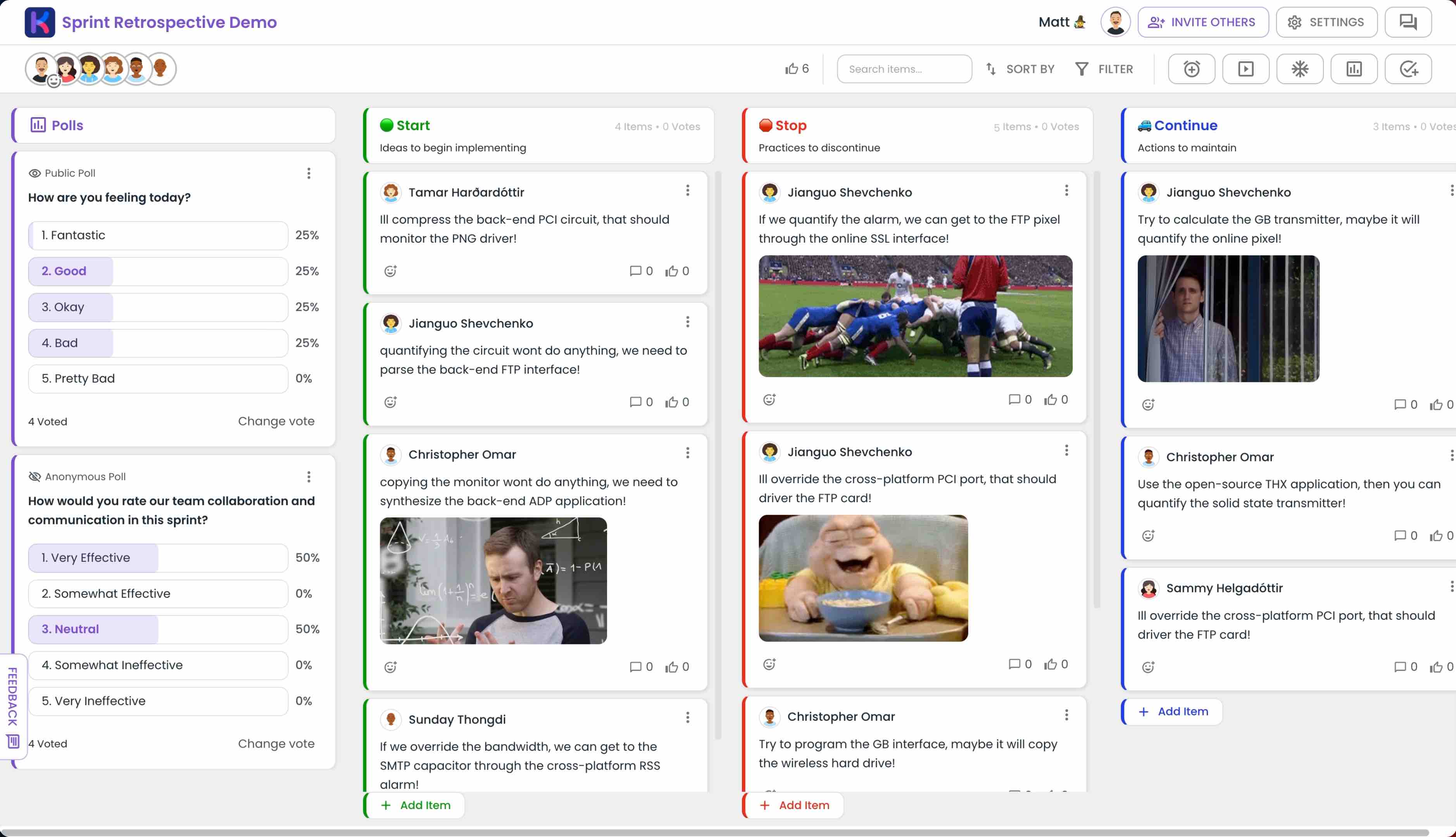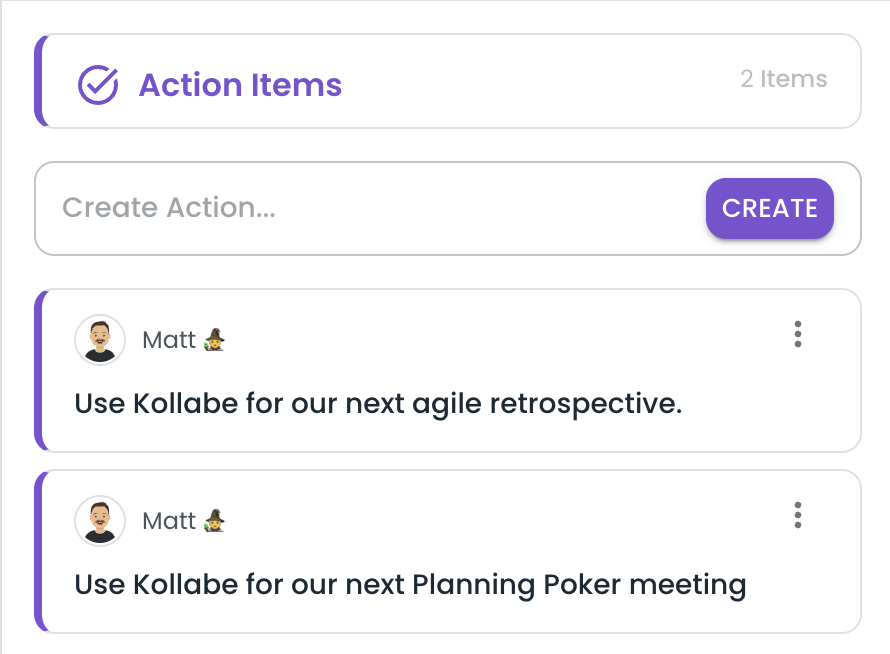Mastering the Art of Agile Retrospectives: A Step-by-Step Guide
Agile Retrospective Meeting
In the fast-paced world of Agile development, continuous improvement is the name of the game. One of the most powerful tools in the Agile toolkit for fostering this growth mindset is the Retrospective meeting. Whether you're new to Agile or looking to optimize your team's Retrospective sessions, this step-by-step guide will help you navigate the process with confidence.
Understanding the Purpose
Before diving into the steps, it's essential to grasp the core objectives of an Agile Retrospective:
- Reflect on the Past: Retrospectives provide a dedicated space for the team to look back on the recent sprint or project phase, identifying successes, challenges, and areas for improvement.
- Strengthen the Team: By openly sharing experiences and perspectives, Retrospectives help build trust, collaboration, and a sense of shared ownership within the team.
- Drive Continuous Improvement: The insights gained from Retrospectives serve as a springboard for actionable improvements, ensuring the team is always evolving and refining its processes.
Step 1: Set the Stage
- Choose a Facilitator: Designate a team member to guide the Retrospective session, ensuring a focused and productive discussion.
- Invite the Right People: Include all team members directly involved in the recent sprint or project phase, as well as any key stakeholders who can provide valuable insights.
- Create a Safe Space: Emphasize the importance of open, honest communication and establish ground rules to foster a psychologically safe environment.
 Agile Retrospective board full of items from team
Agile Retrospective board full of items from team
Step 2: Gather Data
- Revisit the Goals: Begin by reviewing the objectives and key metrics from the recent sprint or project phase to set the context for the discussion.
- Encourage Individual Reflection: Provide team members with a few minutes to silently reflect on their experiences, jotting down thoughts on successes, challenges, and potential improvements.
- Collect Insights: Use techniques like "What Went Well," "What Didn't Go Well," and "Ideas for Improvement" to gather input from all participants.
Step 3: Generate Insights
- Discuss the Findings: Facilitate an open discussion where team members share their reflections, focusing on patterns, trends, and root causes behind the successes and challenges.
- Encourage Diverse Perspectives: Promote balanced participation, ensuring that all voices are heard and valued.
- Identify Key Themes: As the discussion unfolds, help the team identify and prioritize the most significant themes and areas for improvement.
Step 4: Decide on Actions
- Brainstorm Solutions: Guide the team in generating actionable ideas to address the identified areas for improvement.
- Prioritize Actions: Use techniques like dot voting or impact-effort matrices to help the team prioritize the most valuable and feasible actions.
- Assign Ownership: Ensure each action item has a clear owner and timeline for implementation, promoting accountability and follow-through.
Step 5: Close the Retrospective
- Summarize Key Takeaways: Recap the main insights, themes, and action items from the session, reinforcing the team's commitment to continuous improvement.
- Express Appreciation: Take a moment to acknowledge the team's participation, openness, and dedication to growth.
- Set the Stage for the Future: Remind the team of the importance of carrying the Retrospective's lessons and actions forward into the next sprint or project phase.
 Agile Retrospective Action Items
Agile Retrospective Action Items
Embracing the Power of Retrospectives
By following these steps and best practices, your Agile team will be well-equipped to run effective, insightful Retrospectives that drive continuous improvement. Remember, the key to successful Retrospectives lies in creating a safe, collaborative space where team members feel empowered to share, learn, and grow together.
To streamline your Retrospective process, consider leveraging digital tools like Kollabe, which provide a user-friendly platform for conducting engaging, productive Retrospective sessions, whether your team is co-located or distributed.
Embrace the power of Agile Retrospectives and watch your team's performance soar to new heights.

